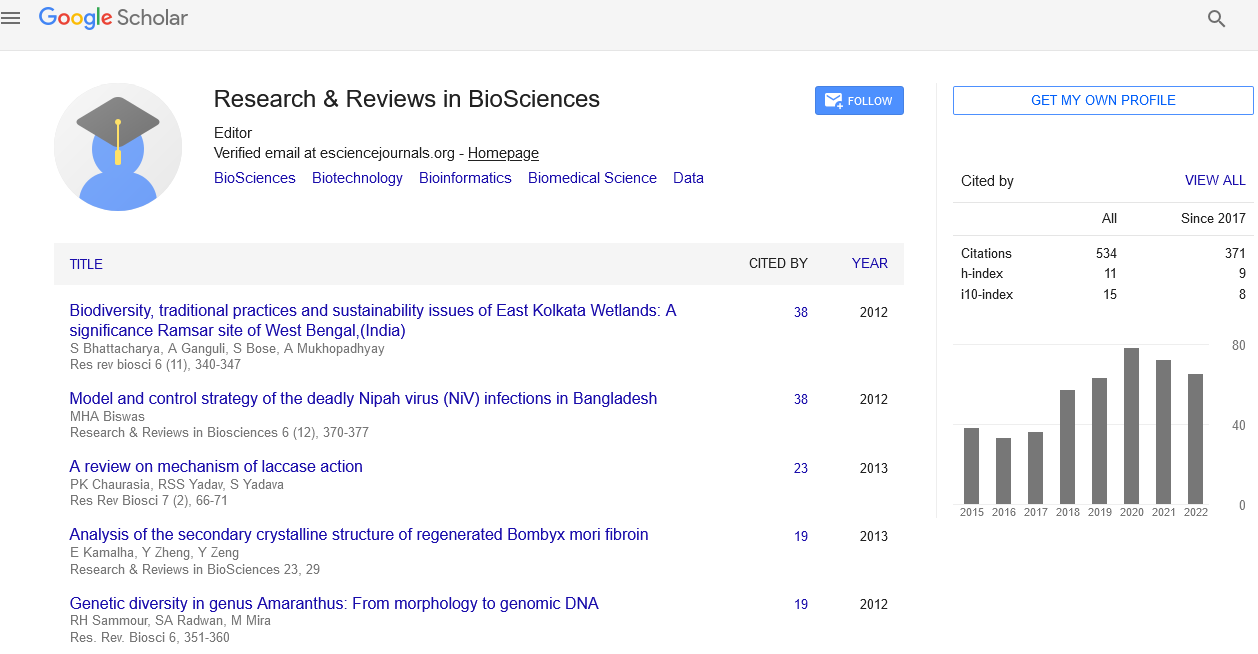Abstract
Prions and Prion Diseases: As a Cause of Major Infections
Author(s): Ciamak GhazaeiProteinaceous infectious proteins known as prions are unique, biological, self replicating agents linked to a set of rare and fatal neurodegenerative disorders classified as transmissible spongiformen cephalopathies (TSEs). TSEsÂ’ self-propagating mechanism is poorly understood besides; the fact that prion particles lack nucleic acid makes timely diagnosis and specialized treatment challenging. Presenting a brief historical background, the mechanism for prion infectivity, genetic structure, and possible functions such as cell signaling, cell protection, spatial learning, calcium homeostasis and copper ion transportation are evaluated. Prions tend to seed and convert from the normal form (PrPc) to pathogenic form (PrPsc) leading to a set of serious misfolding diseases. Common human prion diseases include CJD, sCJD, fCJD, vCJD, iCJD, Gerstman- Straussler-Scheinker Syndrome and Fatal familial insomnia while dominant animal prion diseases include Scrapie, BSE, CWD, EUE and FSE. Prion detection techniques include Western blotting, immunohistochemistry (IHT) and misfolding cyclic amplification method (PMCA). Since prions are extremely difficult and resistant pathogens, specialized sterilization procedures such as autoclaving under extreme conditions and plasma sterilization are recommended.
